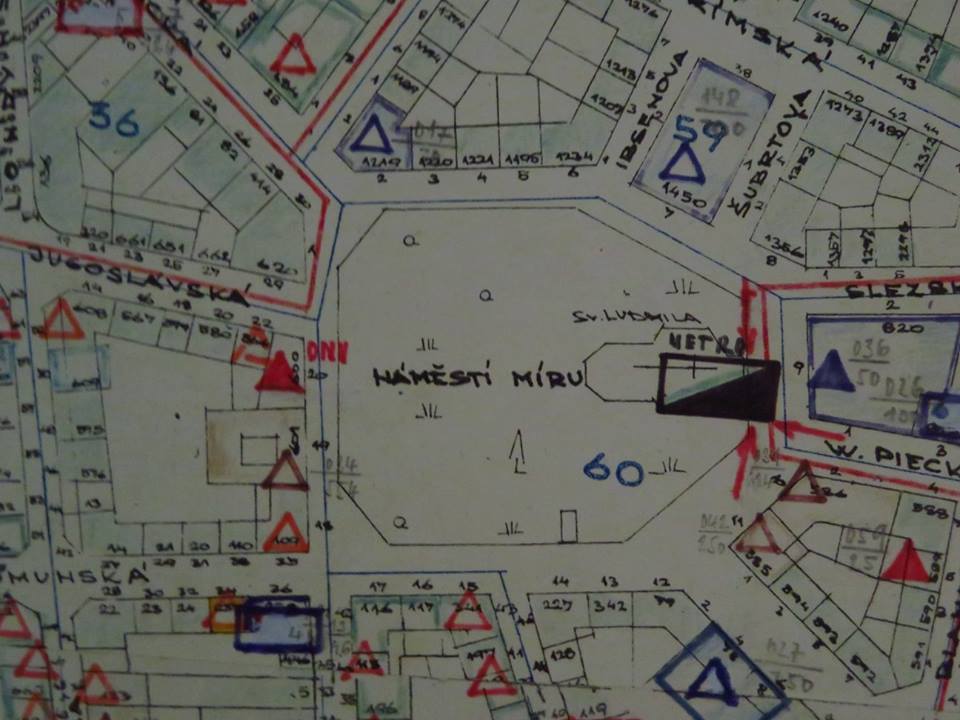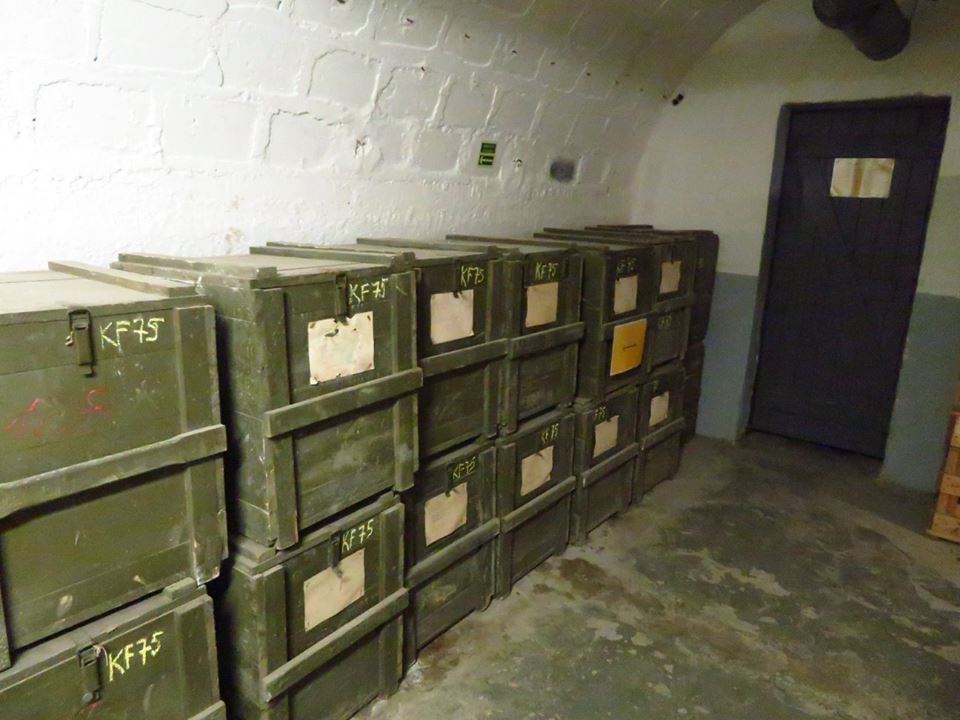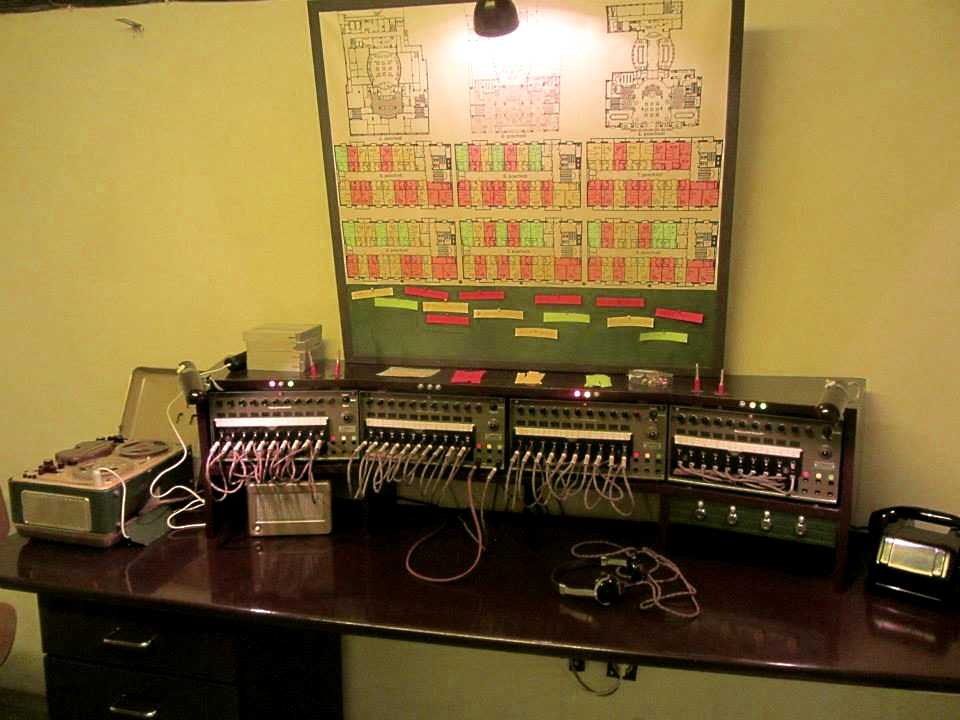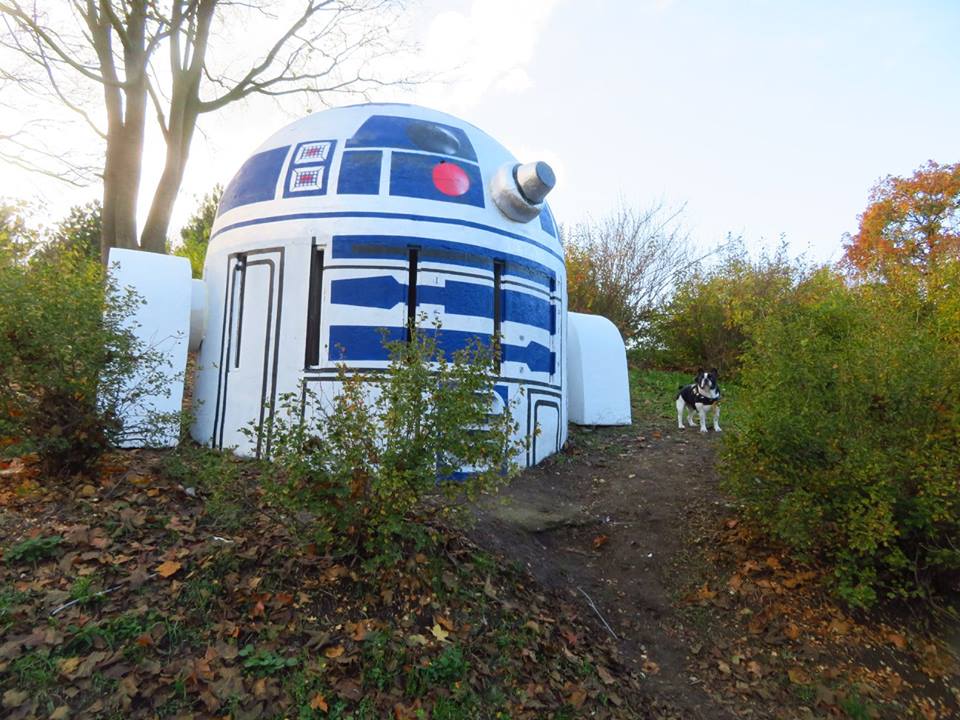Prague has a network of anti-nuclear shelters left over from the Cold War, and they continue to cost the city money while serving no clear purpose. The shelters were built primarily in the 1950s and ’60s in case there was a nuclear attack from the West.
That attack never
came, and in the 30 years since the end of communism, the shelters
have largely been white elephants. The city is now contemplating new
uses for these spaces ranging from retail shops to hydroponic
gardens.
Prague Deputy Pavel
Vyhnánek (Praha sobě), responsible for finance, wants to
decommission many of them due to the costs of maintaining them, Those
costs, however, are not quite clear.

Deputy Mayor Petr
Hlubuček (United Force for Prague), responsible for finance, says
the shelters cost 60 million CZK per year. Vyhnánek puts the costs
closer to 100 million CZK per year.
“Some 1 billion
CZK in 10 years is a lot of money that we could better use elsewhere.
That is why I am trying to let Prague have the courage to give up the
shelters and invest the money in a more sensible way,” Vyhnánek
said, according to a report on news server Aktualne.cz.
“The Cold War
has long since ended, and today we face completely different threats
from which we cannot hide in any shelter,” he added.

Even if the shelters were needed for an emergency, only a fraction of the city’s residents could fit in them. In theory at least, age, gender, local residency, or citizenship status would not be factors in allowing access to shelters in case of emergency. Prague has a population of 1.3 million, but on a daily basis has some 1.6 million people, counting tourists and commuters.
The 768 permanent
shelters in Prague have a total capacity of 150,000 people. The metro
system tunnels can hold 332,000 people and the Strahov Tunnel some
15,000 people, adding up to far less than half of the population.
Vyhnánek wants to
get rid of about 200 shelters owned by the city, as they are of no
real use. “In case of a nuclear apocalypse, they would not help
anyone,” he said. They were designed to withstand pressure from
an external explosion, as well as heat, radiation, and radioactive
dust contamination. But most can only provide protection for 72
hours, or three days.

While there are monthly tests of emergency sirens, the people of Prague for the most part do not know what to do or where to go in case of a real emergency. On the first Wednesday of every month when sirens are tested, social media fills up with questions. Few people know of any shelter locations save for the metro, which in the past has flooded, limiting its usefulness.
Vyhnánek says
decommissioning the shelters will not be easy. “We need to go
through and possibly modify the relevant safety regulations, answer
the questions of what to do with the technology that is in the
bunkers, and finally, where possible, find new uses for these unique
premises,” he said. Warehouses, retail spaces, hydroponic farms,
garages, clubs, film-making studios, and galleries and museums are
being considered as new uses.

Hlubuček says is
also examining what to do with the shelters and looking for possible
tenants.
In the meantime, the Prague 2 district opens up its extensive Folimanka shelter to the public, usually once a month for free. The entrance is on Pod Karlovem Street. One of the air vents in the park above has been decorated to look like R2D2 from the Star Wars film series, but has since been vandalized. When operational, it could hold up to 1,300 people.
Another large shelter is in Prague 3 at the entrance to the park Parukářka. It is open for free tours sponsored by Prague 3 less often, usually just a few times a year with very limited capacity, but paid tours can be arranged through a private operator. It has a capacity of 2,500 people. There is also a large shelter under Hotel Jalta on Wensceslas Square that offers tours for a nominal fee.












 Reading time: 3 minutes
Reading time: 3 minutes 


























